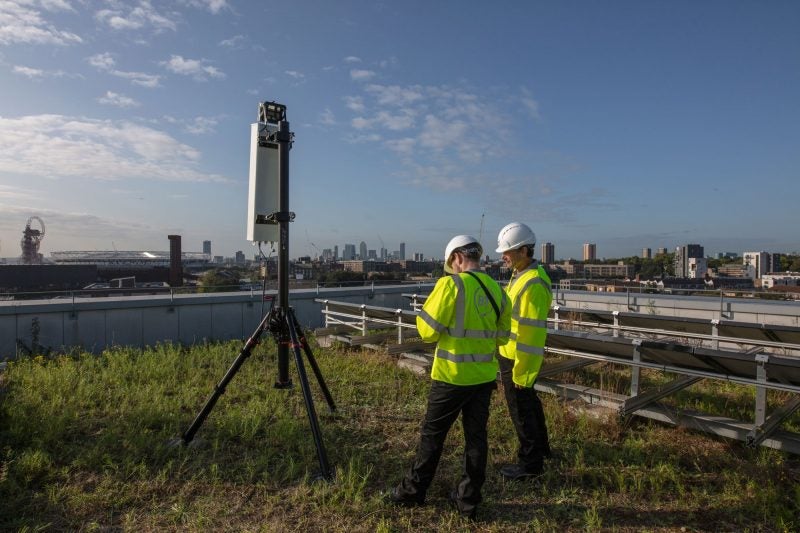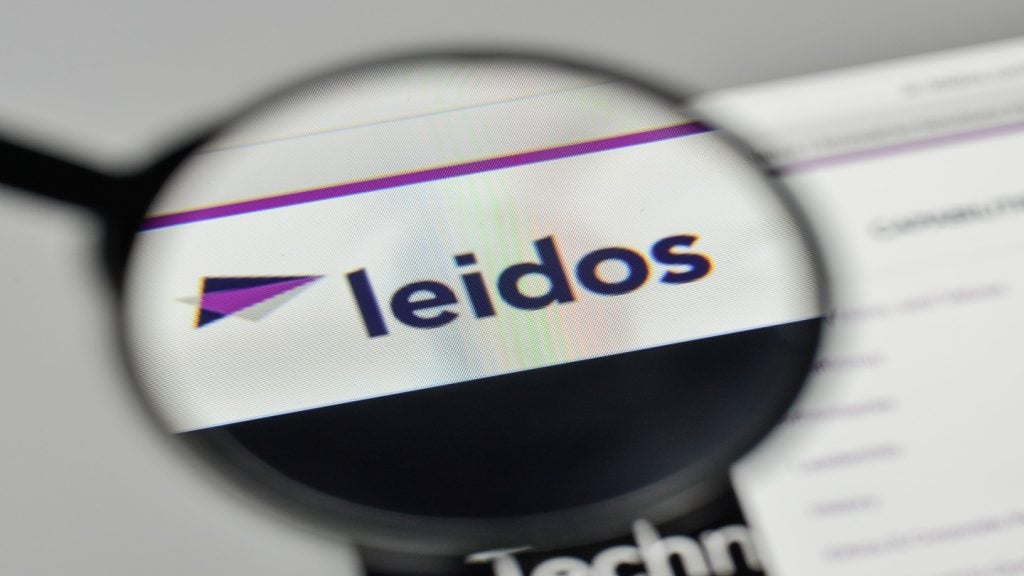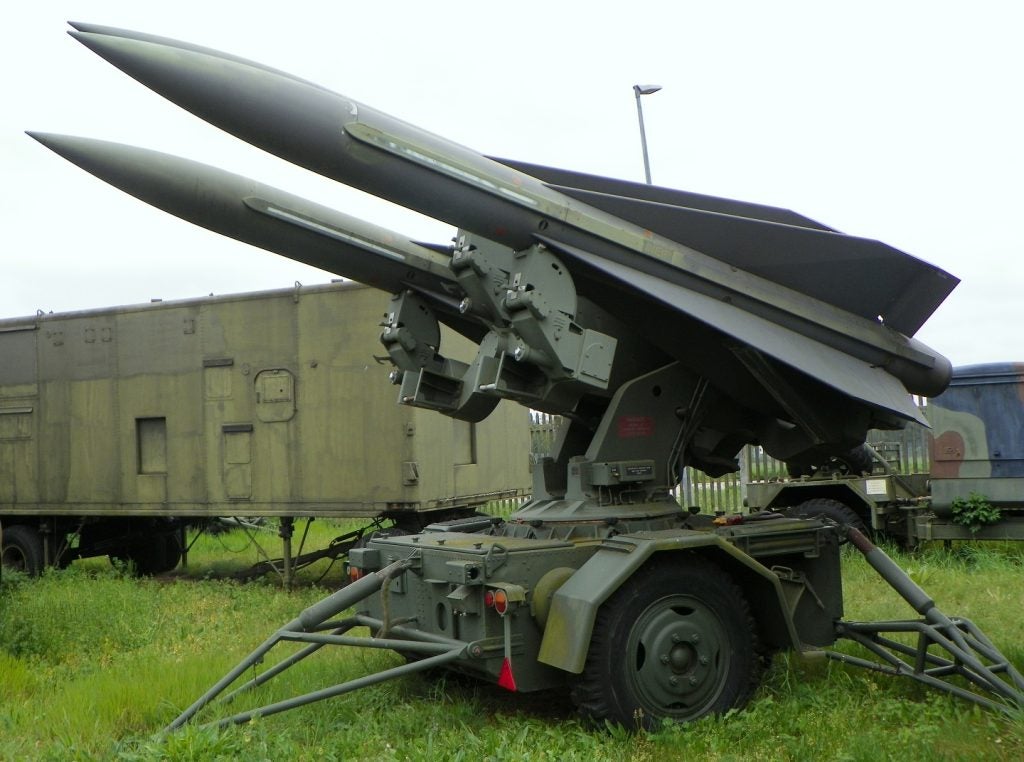
The potential impact of the drone threat against national infrastructure was highlighted in December 2018 when reports of drone sightings next to the runway of Gatwick Airport in the UK led to the cancellation of hundreds of flights, affecting around 140,000 passengers.
At this year’s DSEI, BT unveiled a counter-drone solution which aims to leverage the British telecoms giant’s reach and reputation to help organisations defend against drone disruption.
BT strategy and incubation director Simon Wingrove explains: “We identified a latent demand in the market, both in the public and the private sector, for drone detection and counter-drone solutions. We developed that, and established that we had the reach, the soft benefits of being a wholly trusted brand, and being pervasive in terms of technology and infrastructure.”
He says BT’s mobile solutions, particularly 5G and low-latency mobile macro coverage, lend themselves to unmanned traffic management, which can support legitimate drone operation as well as rogue drone detection.
Scalable counter drone measurements
BT’s solution combines networked 360-degree multi-sensor detectors that offer a range of up to 5km with tools that can identify drones, determine if they pose a threat and alert security teams in real time to respond. Where lawful, the service optionally offers countermeasures to jam drones at a range of up to 1.5km or disruptors to ground them.
“We offer clients self-response; the option to move people and collect evidence,” he says. “If a client has a permit, we can support them in intercepting the drone or returning it to a point of safety or, if risk assessment allows, interrupt the signal.
How well do you really know your competitors?
Access the most comprehensive Company Profiles on the market, powered by GlobalData. Save hours of research. Gain competitive edge.

Thank you!
Your download email will arrive shortly
Not ready to buy yet? Download a free sample
We are confident about the unique quality of our Company Profiles. However, we want you to make the most beneficial decision for your business, so we offer a free sample that you can download by submitting the below form
By GlobalData“However, signal disruption would be like losing the signal on a train to the public; Ofcom [the British communications regulator] needs to approve its fair use. But when you look at a scenario like Gatwick – at what cost? It is a proportionate response when public safety is impaired. But the countermeasure loop and legislative loop are catching up.”
Safeguard your skies with Counter Drone Solutions from BT from BT for business on Vimeo.
DroneShield COO James Gately explains that the solution scales to suit the type of operator.
“The detection and interception hardware can be broken down into two parts,” he says. “There’s the standalone product, which supports dismounted law enforcement and security services, and then there are the integrated or fixed-site solutions. The performance and outcomes for both are slightly different; one’s very simple, one’s quite complex.
“In fixed-site solutions, we’re integrating radar and radio-frequency (RF) direction-finding detection sensors. The RF detection is completely passive, so if you have an environment where either from the legislative or commissioning point of view radar becomes another level of approvals, then we can start with a very effective baseline solution.”
 BT’s Drone Shield offers different levels of counter drone measurements.
BT’s Drone Shield offers different levels of counter drone measurements.
Wingrove concludes that fundamentally, drone detection is extraordinarily difficult.
“What’s a drone? What’s a bird? What’s another item that communicates on publicly 2.4 GHz band?” he says. “We are effectively ensuring that we can pick that needle out of the haystack consistently. And it’s certainly a challenge.”
The next step for BT and DroneShield is to further develop their partnership and introduce a growing portfolio of products and services. They say they have a strong pipeline of public and private prospects, who they cannot currently name.






